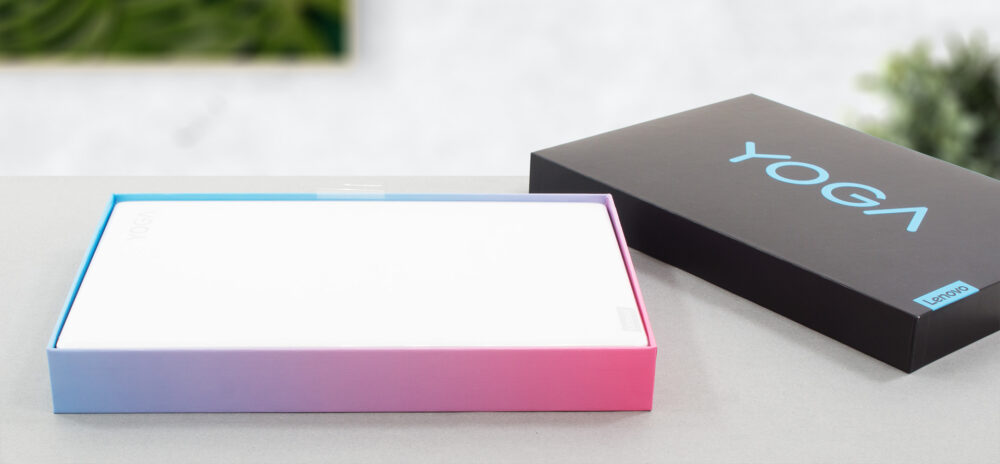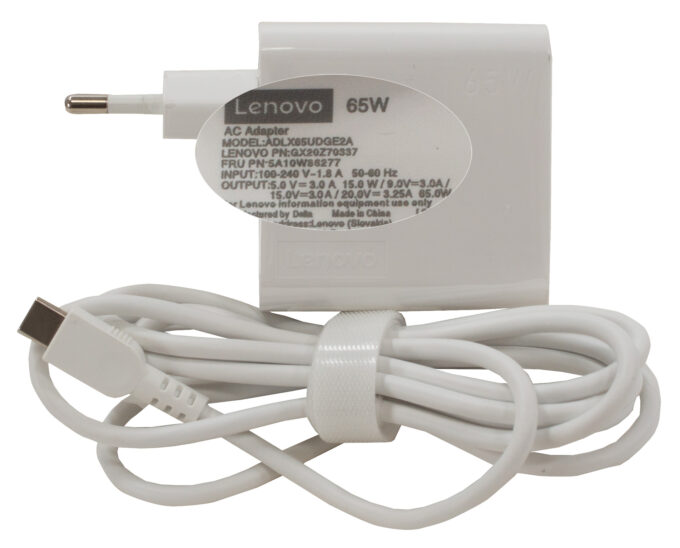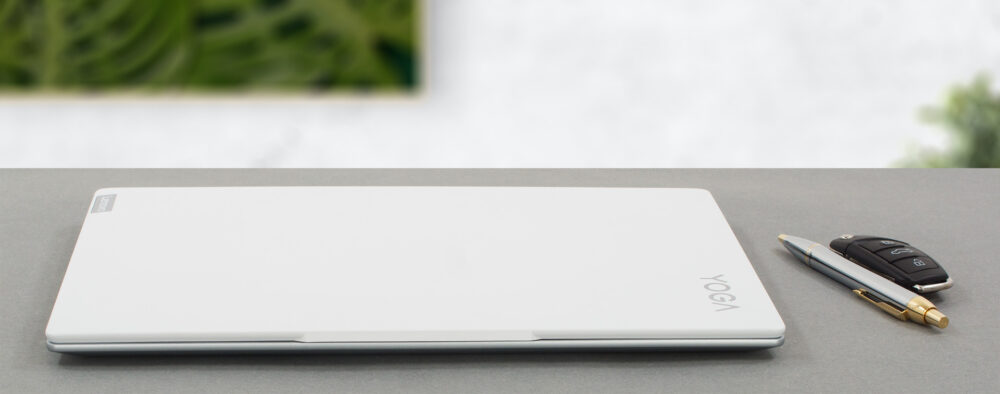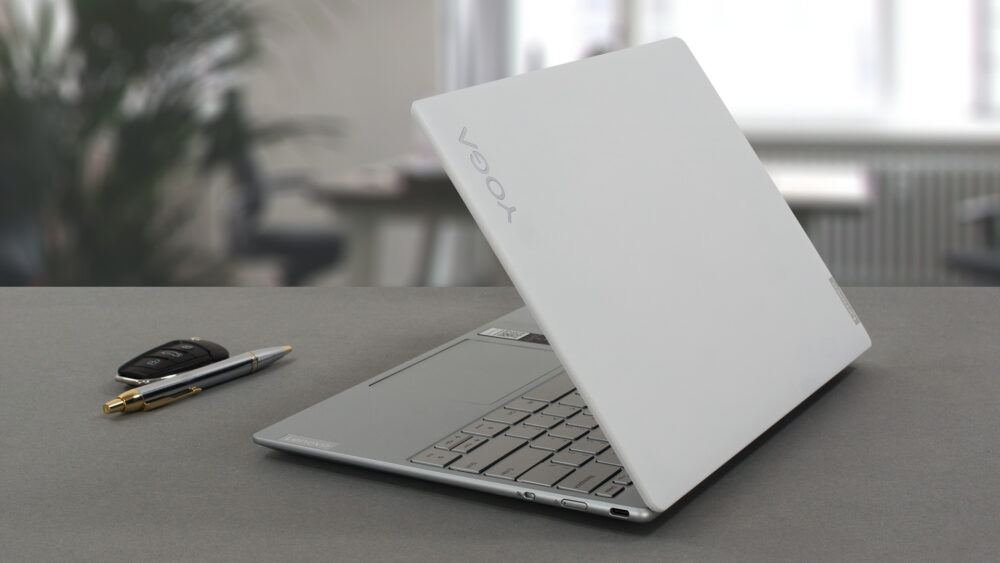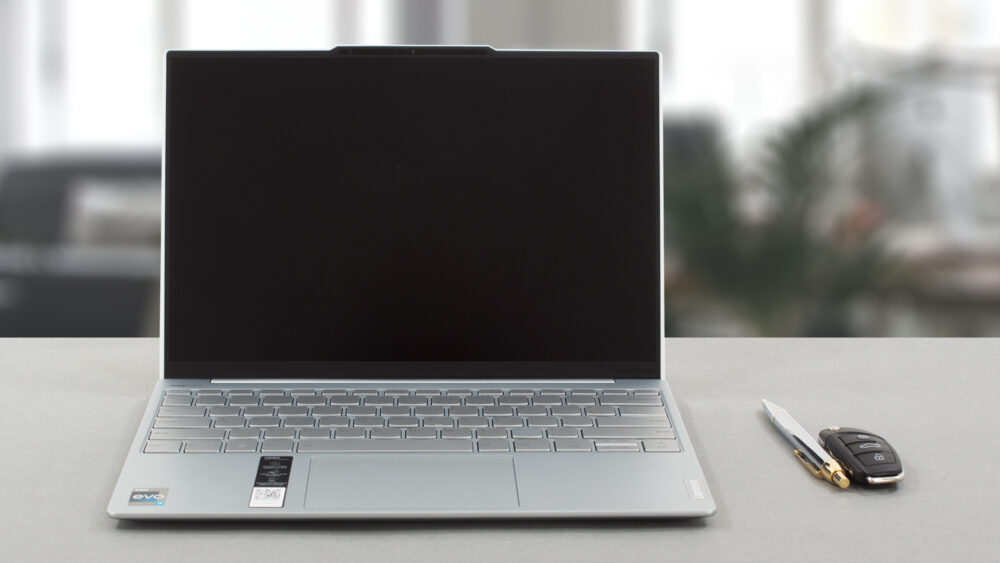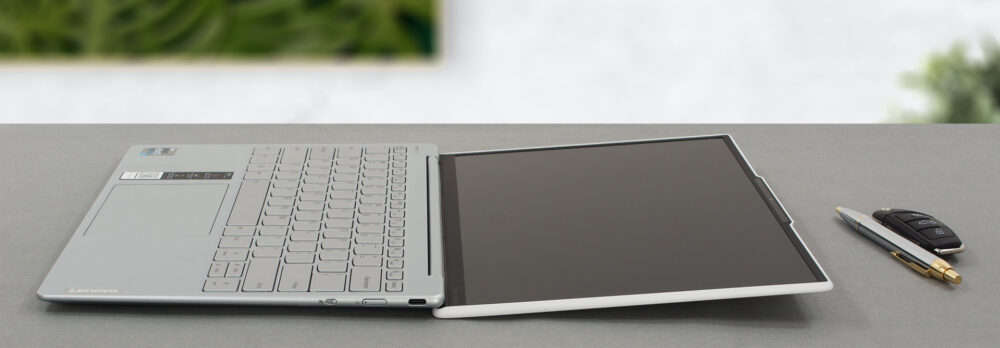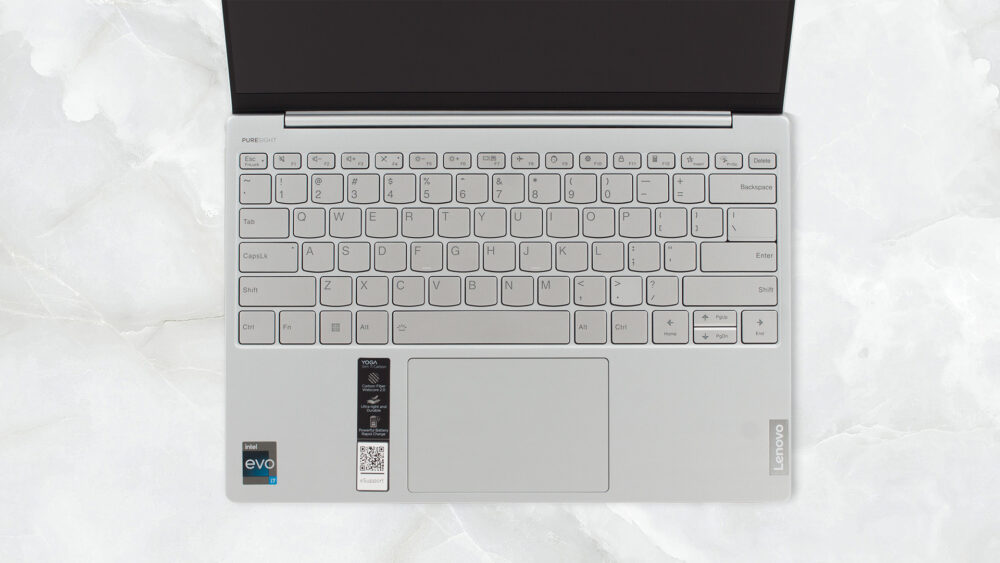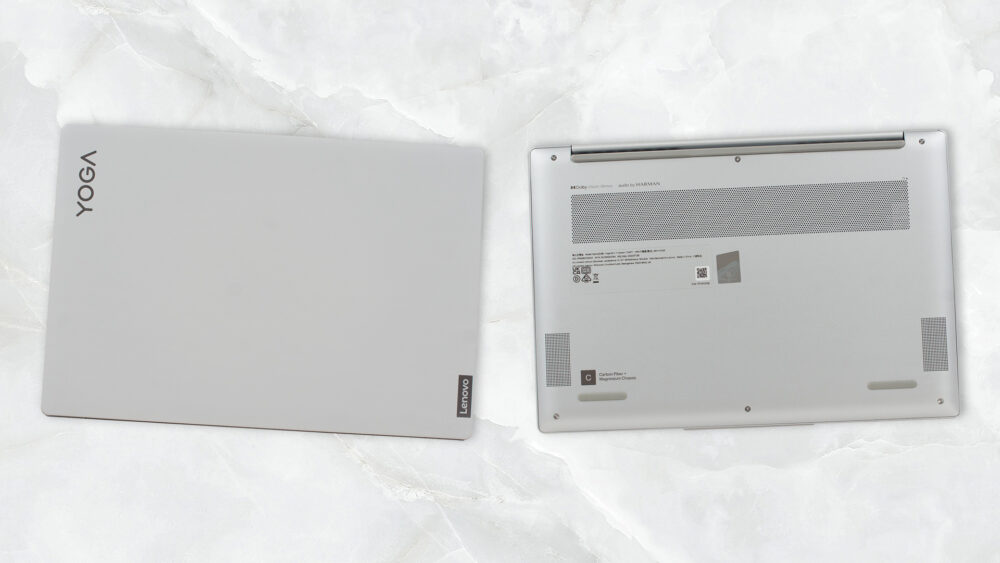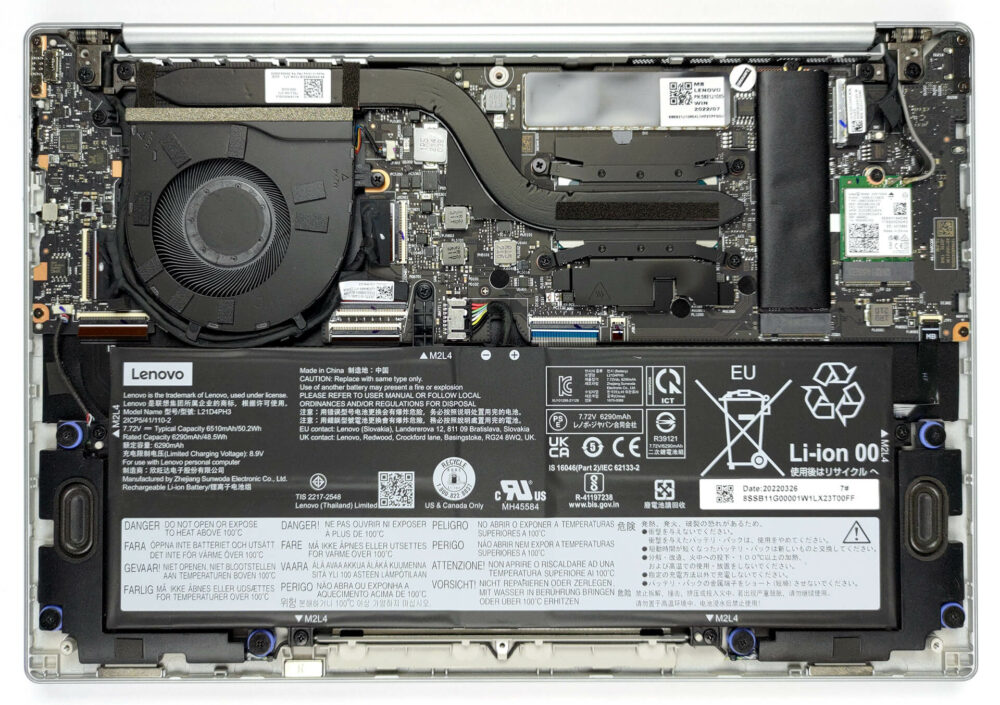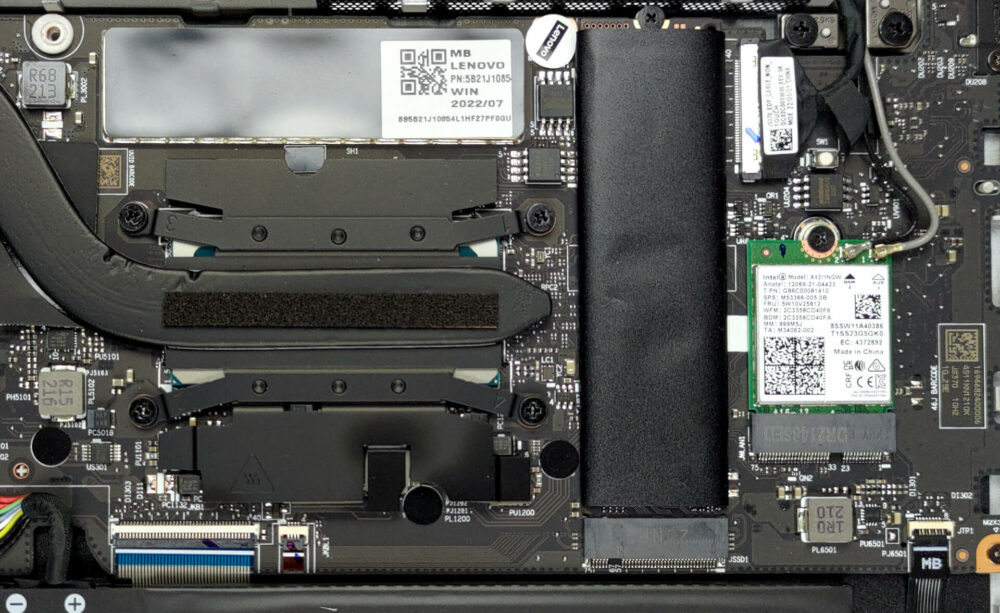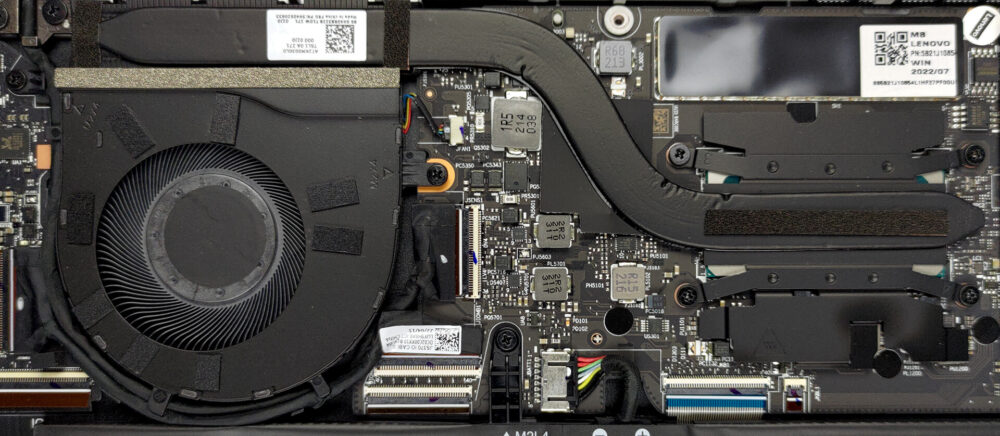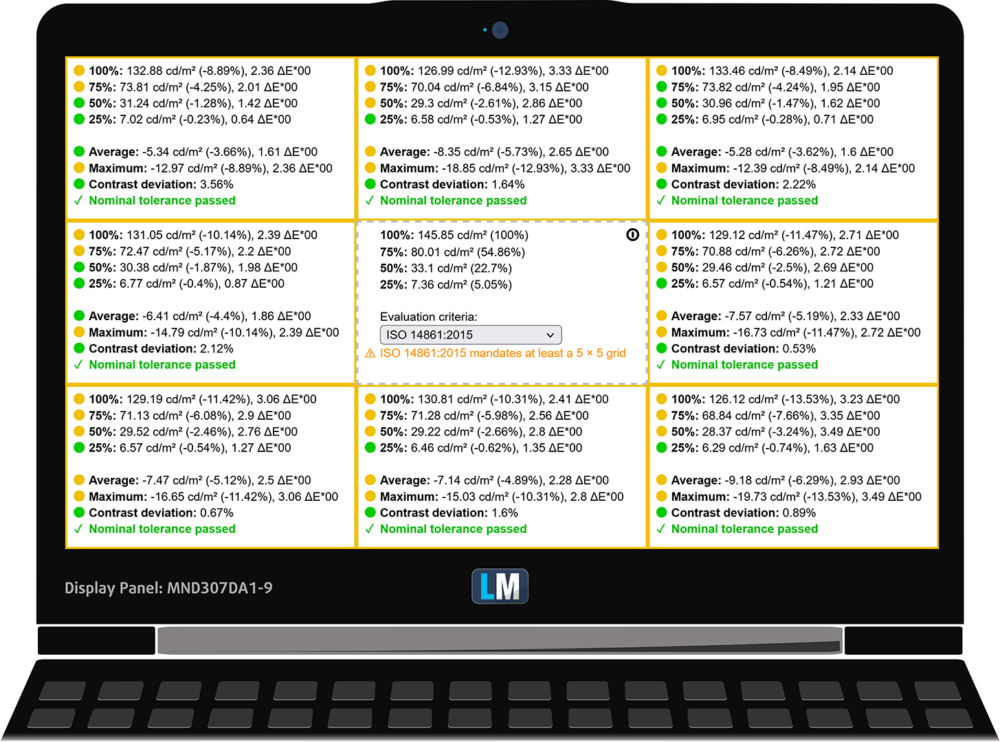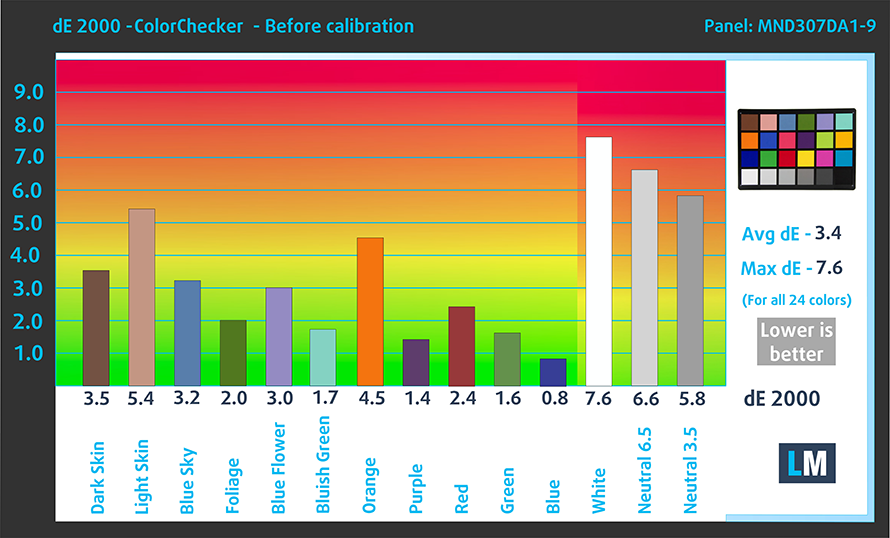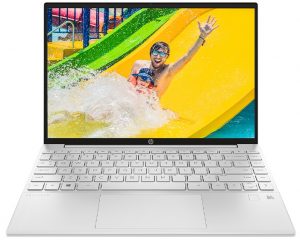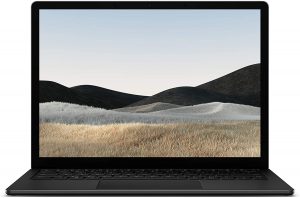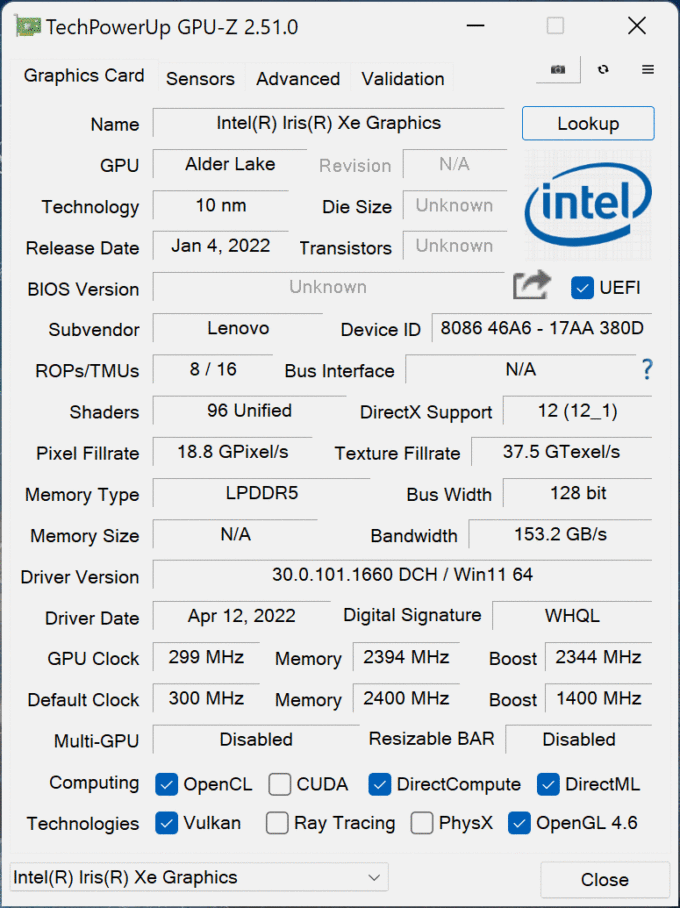Lenovo Yoga Slim 7 Carbon (13″, 2022) review
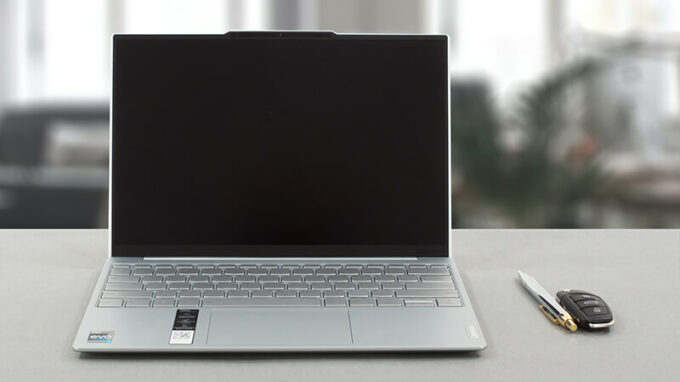 Sometimes it feels like things are getting out of hand when it comes to thin and light gadgets. We all remember the controversy with the iPhone 6 models, which snapped in half. We really hope that won’t be the case today because we have got ourselves the Lenovo Yoga Slim 7 Carbon (13″, 2022).
Sometimes it feels like things are getting out of hand when it comes to thin and light gadgets. We all remember the controversy with the iPhone 6 models, which snapped in half. We really hope that won’t be the case today because we have got ourselves the Lenovo Yoga Slim 7 Carbon (13″, 2022).
It is an effort from Lenovo to murder the entire thin and light sector of the market. This machine features Intel’s Alder Lake P CPUs, which come with a 28W TDP limit. As you can see in our Top Laptop CPU Ranking, the P-series manage to keep even the 45W chips honest.
Of course, we are going to put the Yoga Slim 7 Carbon through its paces. There are some doubts about the cooling, but we’ll tell you more later in the review. Before that, we are going to talk about the 2.5K IPS display. Arguably one of the best features found on this device.
But first, let’s take the laptop out of its box, and see what it’s made of. We promise, that this is not your average notebook.
You can check the prices and configurations in our Specs System: https://laptopmedia.com/series/lenovo-yoga-slim-7-carbon-13-2022/
Contents
Specs Sheet
- HDD/SSD
- up to 1000GB SSD
- M.2 Slot
- 1x 2280 PCIe NVMe 4.0 x4 See photo
- RAM
- up to 16GB
- OS
- Windows 11 Home, Windows 11 Pro
- Battery
- 50Wh
- Body material
- Aluminum, Carbon, Magnesium alloy
- Dimensions
- 300.98 x 206.03 x 14.8 mm (11.85" x 8.11" x 0.58")
- Weight
- 0.97 kg (2.1 lbs)
- Ports and connectivity
- 1x USB Type-C
- 3.2 Gen 2 (10 Gbps), Power Delivery (PD), DisplayPort
- 1x USB Type-C
- 4.0, Thunderbolt 4, Power Delivery (PD), DisplayPort
- Card reader
- Ethernet LAN
- Wi-Fi
- 802.11ax
- Bluetooth
- 5.1
- Audio jack
- Features
- Fingerprint reader
- Web camera
- HD & IR with E-privacy shutter, fixed focus, with ToF sensor
- Backlit keyboard
- Microphone
- Dual array microphone with noise-cancelling, support for Lenovo Voice Assistant (LVA), and Amazon Alexa
- Speakers
- 2x 2W Stereo Speakers, optimized with Dolby Atmos, audio by Harman
- Optical drive
- Security Lock slot
All Lenovo Yoga Slim 7 Carbon (13″, 2022) configurations
What’s in the box?
This notebook comes in rather small packaging. It consists of a 65W USB Type-C charger, some paperwork, and a USB Type-C to Audio jack adapter.
Design and construction
Holding the Yoga Slim 7 Carbon in your hand feels unreal. The laptop itself defies some laws of gravity. At the same time, it provides a sense of toughness, while being the epitome of fragility.
There are two versions of the laptop – with and without touchscreen support. Essentially, they weigh about 970-980 grams, while the thickness of the notebook is exactly 14.8mm. According to Lenovo, the lid is made out of Carbon fiber, while the base comprises a magnesium-aluminum alloy.
We have to say that the manufacturer is really proud of its multi-layer “Carbon Web 2.0” technique. It provides an okay resistance to flex from the lid, while the base is far more rigid.
Opening this device’s lid is a super satisfying experience. The hinges are really smooth, while the cover is easy to grip, thanks to the notch. Its matte display’s bezels are very thin with the top one housing the HD Web camera, the IR face recognition scanner, and the ToF sensor.
Not only do you get Windows Hello functionality, but you can also take advantage of Lenovo’s Zero-touch login, lock, and video pause. All of these settings are accessible through the Vantage app.
Moving to the keyboard, we find a surprisingly good unit. Naturally, it has a slightly shorter key travel. However, you can take the most out of it, thanks to the clicky feedback of each individual button.
The touchpad is too very good. It comes with a glass surface, which offers a very smooth gliding experience. In addition, the 70 by 105 mm size is pretty respectable for this form factor.
Turn the laptop upside down, and you will find the two speaker cutouts, as well as the ventilation grill. Hot air is exhausted through a vent in between the base and the lid.
Ports
On the left side, you get a Thunderbolt 4 connector, while on the right, there is a USB Type-C 3.2 (Gen. 2) port, and a Camera E-shutter.
Disassembly, upgrade options, and maintenance
To access this notebook’s internals, you need to undo 6 Torx-head screws. After that, pry the bottom panel with a plastic tool.
Inside, there is a 50Wh battery pack. It lasts for more than 9 hours of Web browsing, or nearly 8 hours of video playback. To take it out, undo 5 Phillips-head screws and unplug the connector from the motherboard. Don’t be scared of the resistance – there is some tape that keeps the cables beneath the battery from dangling.
Here, the memory comes soldered to the motherboard. The maximum available configuration has 16GB of LPDDR5 RAM, working at 4800MHz. Storage-wise, there is one M.2 PCIe x4 slot for Gen 4 SSDs. It fits 42 and 80-mm drives.
As you can see, there is one heat pipe, a heat sink, a fan taking care of the CPU, and a heat spreader meant for the VRMs.
Display quality
Lenovo Yoga Slim 7 Carbon (13″, 2022) uses a QHD IPS 90Hz panel, model number MND307DA1-9 (LEN8297). Its diagonal is 13.3″ (33.8 cm), and the resolution – 2560 x 1600. Additionally, the screen ratio is 16:10, the pixel density – 227 ppi, and their pitch – 0.11 x 0.11 mm. The screen can be considered Retina when viewed from at least 38 cm (from this distance, the average human eye can’t see the individual pixels).
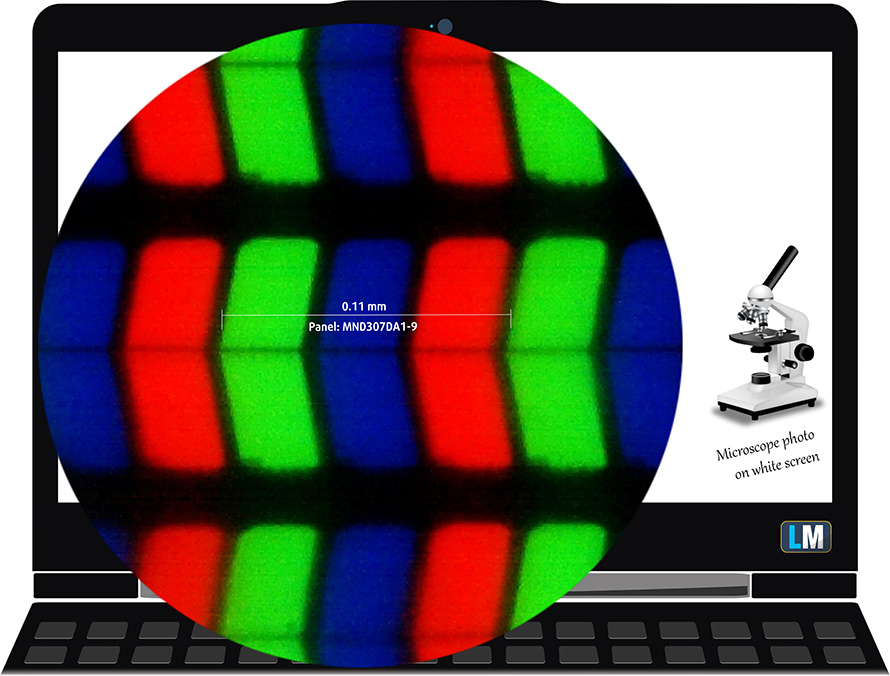
Viewing angles are comfortable. We have provided images at 45 degrees to evaluate quality.
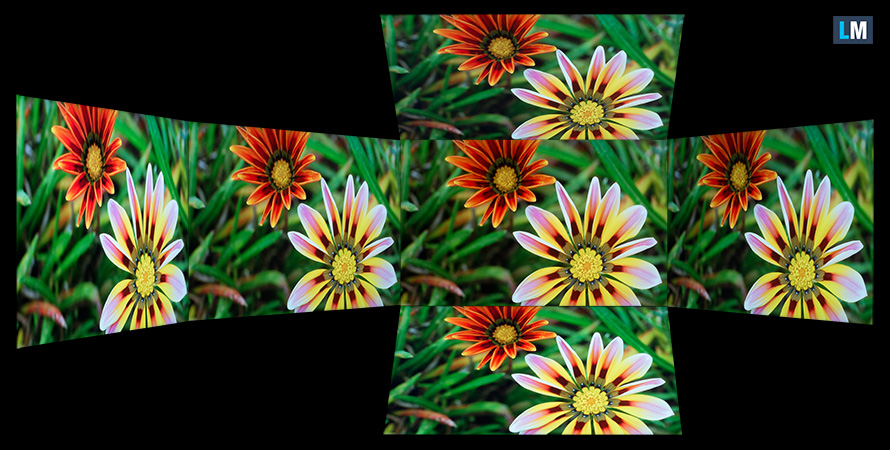
Also, a video with locked focus and exposure.
The maximum measured brightness is 410 nits (cd/m2) in the middle of the screen and 368 nits (cd/m2) average across the surface with a maximum deviation of 13%. The Correlated Color Temperature on a white screen and at maximum brightness is 6770K (average) – slightly warmer than the 6500K optimum for sRGB.
In the illustration below you can see how the display performs from a uniformity perspective. The illustration below shows how matters are for operational brightness levels (approximately 140 nits) – White level = 146 cd/m2, Black level = 0.1 cd/m2.
Values of dE2000 over 4.0 should not occur, and this parameter is one of the first you should check if you intend to use the laptop for color-sensitive work (a maximum tolerance of 2.0 ). The contrast ratio is good – 1420:1.
To make sure we are on the same page, we would like to give you a little introduction to the sRGB color gamut and the Adobe RGB. To start, there’s the CIE 1976 Uniform Chromaticity Diagram that represents the visible specter of colors by the human eye, giving you a better perception of the color gamut coverage and the color accuracy.
Inside the black triangle, you will see the standard color gamut (sRGB) that is being used by millions of people on HDTV and on the web. As for Adobe RGB, this is used in professional cameras, monitors, etc for printing. Basically, colors inside the black triangle are used by everyone and this is the essential part of the color quality and color accuracy of a mainstream notebook.
Still, we’ve included other color spaces like the famous DCI-P3 standard used by movie studios, as well as the digital UHD Rec.2020 standard. Rec.2020, however, is still a thing of the future and it’s difficult for today’s displays to cover that well. We’ve also included the so-called Michael Pointer gamut, or Pointer’s gamut, which represents the colors that naturally occur around us every day.
The yellow dotted line shows Lenovo Yoga Slim 7 Carbon (13″, 2022)’s color gamut coverage.
Its display covers 96% of the sRGB/ITU-R BT.709 (web/HDTV standard) in CIE1976.

Our “Design and Gaming” profile delivers optimal color temperature (6500K) at 140 cd/m2 luminance and sRGB gamma mode.
We tested the accuracy of the display with 24 commonly used colors like light and dark human skin, blue sky, green grass, orange, etc. You can check out the results at factory condition and also, with the “Design and Gaming” profile.
Below you can compare the scores of the Lenovo Yoga Slim 7 Carbon (13″, 2022) with the default settings (left), and with the “Gaming and Web design” profile (right).
The next figure shows how well the display is able to reproduce really dark parts of an image, which is essential when watching movies or playing games in low ambient light.
The left side of the image represents the display with stock settings, while the right one is with the “Gaming and Web Design” profile activated. On the horizontal axis, you will find the grayscale, and on the vertical axis – the luminance of the display. On the two graphs below you can easily check for yourself how your display handles the darkest nuances but keep in mind that this also depends on the settings of your current display, the calibration, the viewing angle, and the surrounding light conditions.
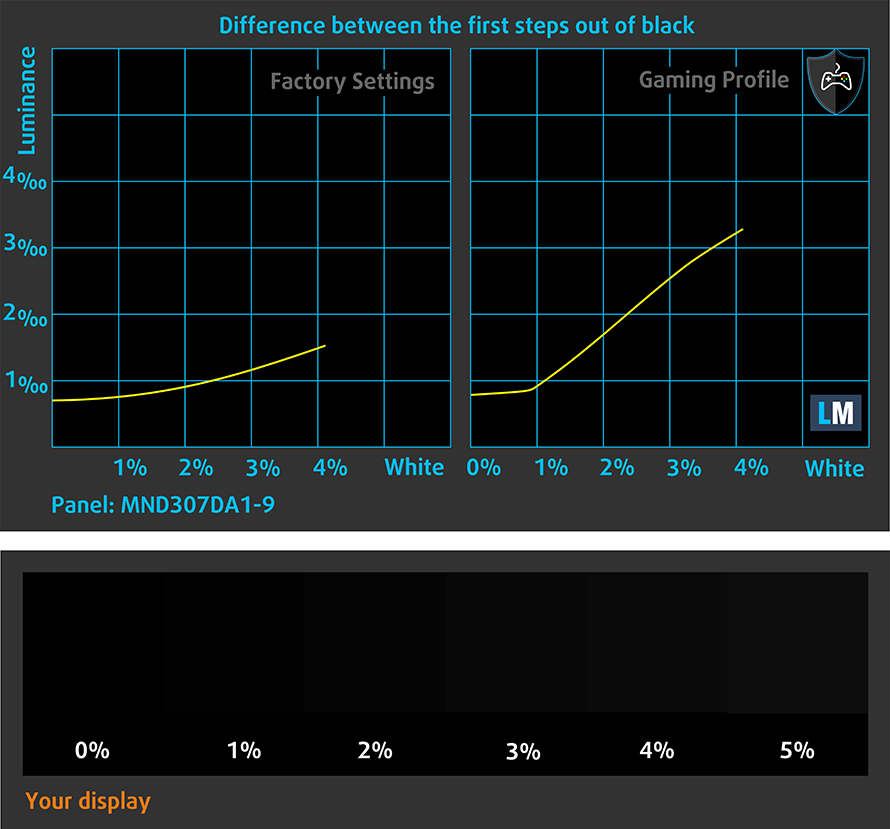
Response time (Gaming capabilities)
We test the reaction time of the pixels with the usual “black-to-white” and “white-to-black” method from 10% to 90% and vice versa.
We recorded Fall Time + Rise Time = 23 ms.
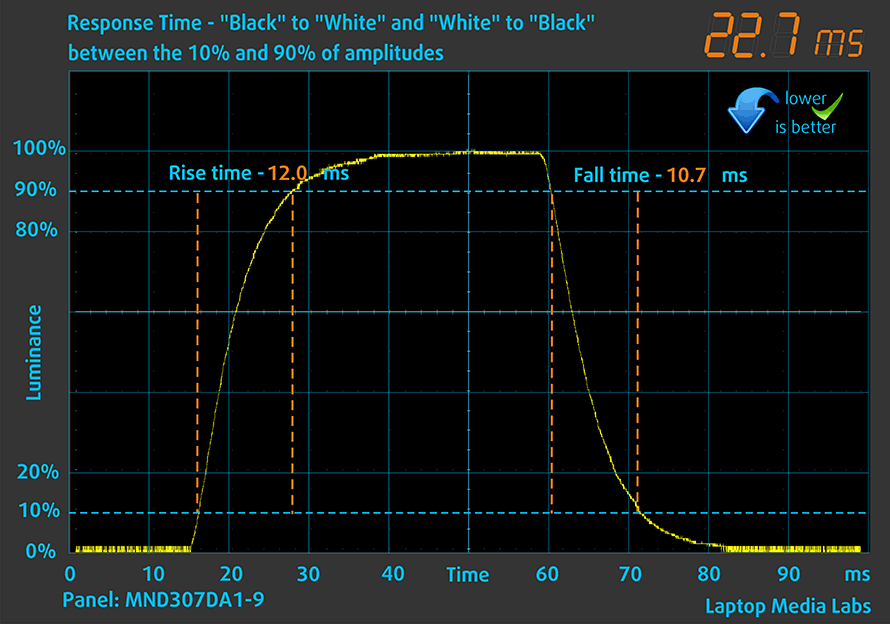
After that, we test the reaction time of the pixels with the usual “Gray-to-Gray” method from 50% White to 80% White and vice versa between 10% and 90% of the amplitude.
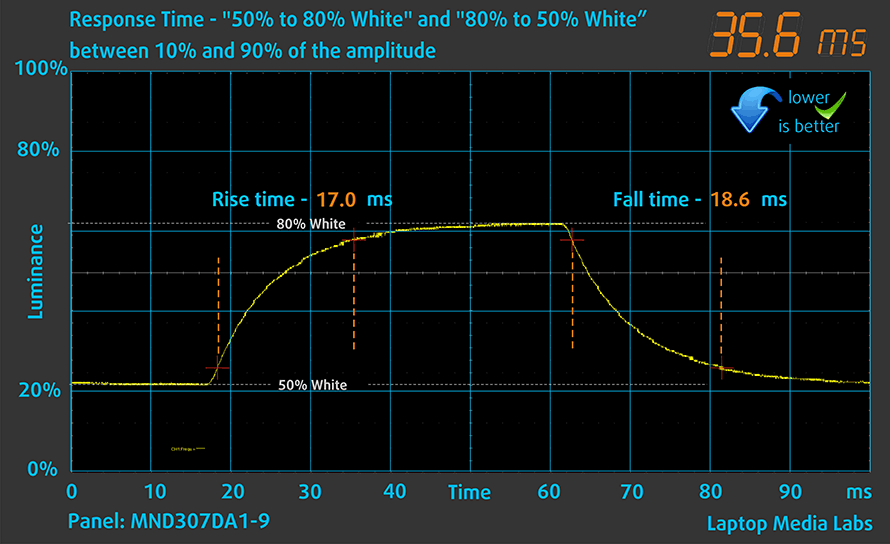
Health impact – PWM / Blue Light
PWM (Screen flickering)
Pulse-width modulation (PWM) is an easy way to control monitor brightness. When you lower the brightness, the light intensity of the backlight is not lowered, but instead turned off and on by the electronics with a frequency indistinguishable to the human eye. In these light impulses, the light/no-light time ratio varies, while brightness remains unchanged, which is harmful to your eyes. You can read more about that in our dedicated article on PWM.
Lenovo Yoga Slim 7 Carbon (13″, 2022)’s backlight doesn’t use PWM for brightness adjustment. This makes it comfortable for long periods of use.
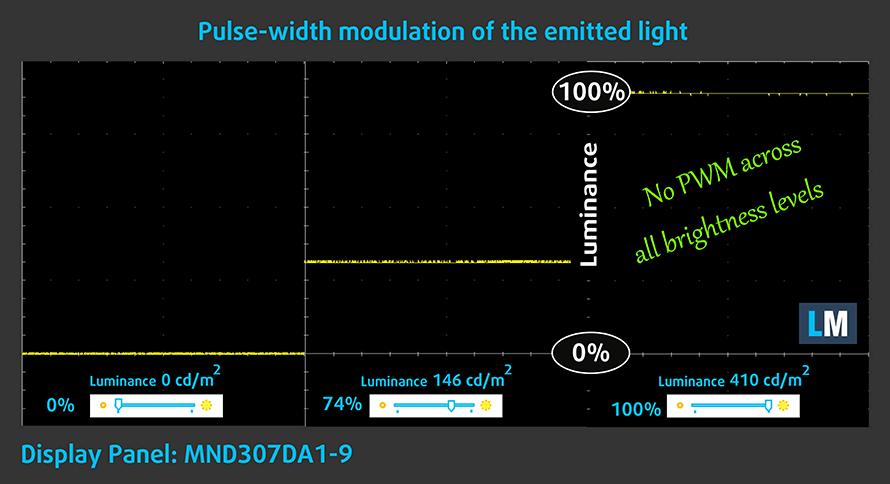
Blue light emissions
Installing our Health-Guard profile not only eliminates PWM but also reduces the harmful Blue Light emissions while keeping the colors of the screen perceptually accurate. If you’re not familiar with the Blue light, the TL;DR version is – emissions that negatively affect your eyes, skin, and your whole body. You can find more information about that in our dedicated article on Blue Light.
Gloss level measurement
Glossy-coated displays are sometimes inconvenient in high ambient light conditions. We show the level of reflection on the screen for the respective laptop when the display is turned off and the measurement angle is 60° (in this case, the result is 52.5 GU).
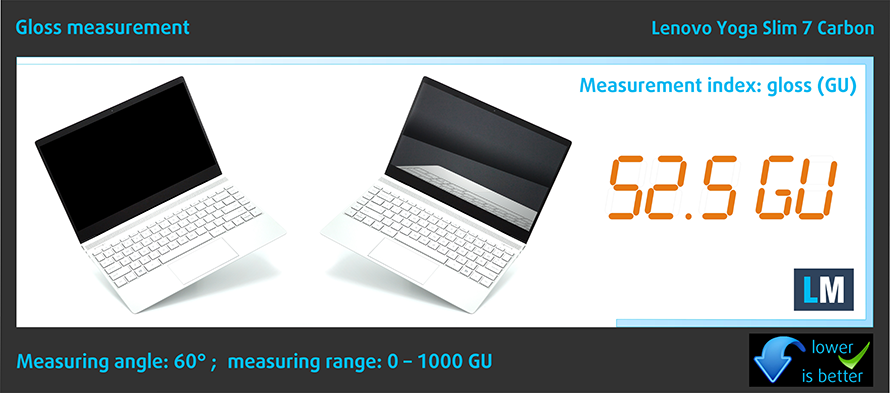
Buy our profiles
Since our profiles are tailored for each individual display model, this article and its respective profile package are meant for Lenovo Yoga Slim 7 Carbon (13″, 2022) configurations with 13.3″ MND307DA1-9 (LEN8297) (QHD, 2560 x 1600) IPS.
*Should you have problems with downloading the purchased file, try using a different browser to open the link you’ll receive via e-mail. If the download target is a .php file instead of an archive, change the file extension to .zip or contact us at [email protected].
Read more about the profiles HERE.
In addition to receiving efficient and health-friendly profiles, by buying LaptopMedia's products you also support the development of our labs, where we test devices in order to produce the most objective reviews possible.

Office Work
Office Work should be used mostly by users who spend most of the time looking at pieces of text, tables or just surfing. This profile aims to deliver better distinctness and clarity by keeping a flat gamma curve (2.20), native color temperature and perceptually accurate colors.

Design and Gaming
This profile is aimed at designers who work with colors professionally, and for games and movies as well. Design and Gaming takes display panels to their limits, making them as accurate as possible in the sRGB IEC61966-2-1 standard for Web and HDTV, at white point D65.

Health-Guard
Health-Guard eliminates the harmful Pulse-Width Modulation (PWM) and reduces the negative Blue Light which affects our eyes and body. Since it’s custom tailored for every panel, it manages to keep the colors perceptually accurate. Health-Guard simulates paper so the pressure on the eyes is greatly reduced.
Get all 3 profiles with 33% discount
Sound
Lenovo Yoga Slim 7 Carbon (13″, 2022)’s Harman speakers produce a sound of very good quality and a pretty loud volume. Its low, mid, and high tones are clear of deviations.
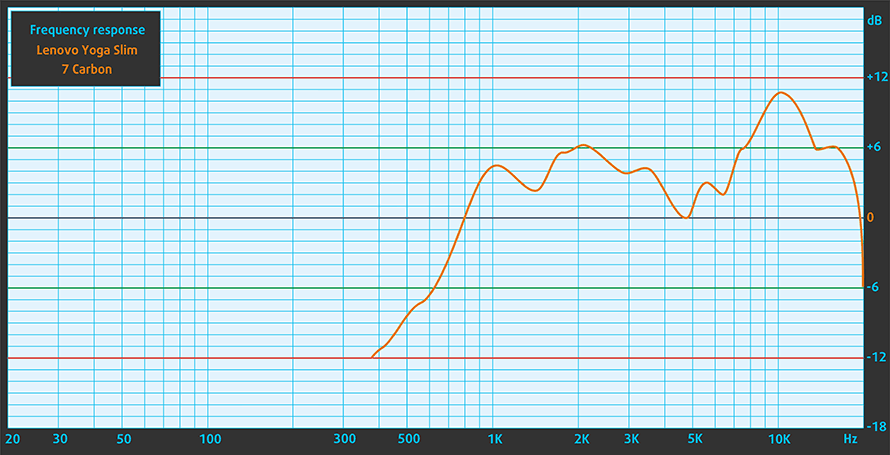
Drivers
All drivers and utilities for this notebook can be found here: https://pcsupport.lenovo.com/us/en/products/laptops-and-netbooks/yoga-series/yoga-slim-7-carbon-13iap7/downloads/driver-list
Battery
Now, we conduct the battery tests with the Windows Better performance setting turned on, screen brightness adjusted to 120 nits, and all other programs turned off except for the one we are testing the notebook with. Here, you get a 50Wh battery, which lasts for 9 hours and 22 minutes of Web browsing, or 7 hours and 37 minutes of video playback.
In order to simulate real-life conditions, we used our own script for automatic web browsing through over 70 websites.
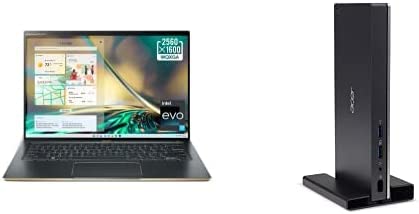
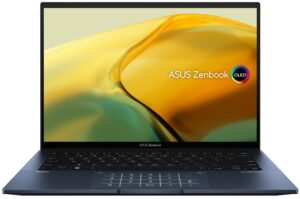
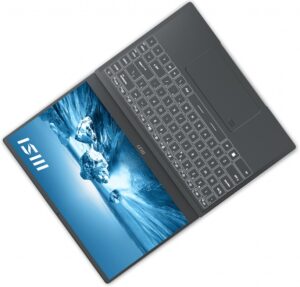
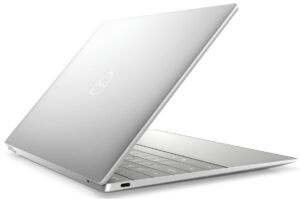
For every test like this, we use the same video in HD.




CPU options
This laptop comes with a Core i5-1240P, or a Core i7-1260P – pretty powerful options for such a tiny package.
Results are from the Cinebench R23 CPU test (the higher the score, the better)
Results are from our Photoshop benchmark test (the lower the score, the better)
GPU options
Graphics-wise, you only get the integrated solutions. This is not bad, though, because the memory is fast enough.
Results are from the 3DMark: Time Spy (Graphics) benchmark (higher the score, the better)
Results are from the 3DMark: Fire Strike (Graphics) benchmark (higher the score, the better)
Results are from the 3DMark: Wild Life benchmark (higher the score, the better)
Results are from the Unigine Superposition benchmark (higher the score, the better)
Gaming tests

| CS:GO | HD 1080p, Low (Check settings) | HD 1080p, Medium (Check settings) | HD 1080p, MAX (Check settings) |
|---|---|---|---|
| Average FPS | 151 fps | 106 fps | 69 fps |

| DOTA 2 | HD 1080p, Low (Check settings) | HD 1080p, Normal (Check settings) | HD 1080p, High (Check settings) |
|---|---|---|---|
| Average FPS | 126 fps | 92 fps | 52 fps |
Temperatures and comfort
Max CPU load
In this test we use 100% on the CPU cores, monitoring their frequencies and chip temperature. The first column shows a computer’s reaction to a short load (2-10 seconds), the second column simulates a serious task (between 15 and 30 seconds), and the third column is a good indicator of how good the laptop is for long loads such as video rendering.
Average P-core frequency; Average E-core frequency; CPU temp.; Package Power
| Intel Core i7-1260P (28W TDP) | 0:02 – 0:10 sec | 0:15 – 0:30 sec | 10:00 – 15:00 min |
|---|---|---|---|
| Lenovo Yoga Slim 7 Carbon (13″, 2022) | 2.69 GHz @ 2.22 GHz @ 72°C @ 46W | 2.38 GHz @ 1.96 GHz @ 83°C @ 38W | 1.59 GHz @ 1.38 GHz @ 68°C @ 22W |
| Lenovo Yoga 9i (14″, 2022) | 3.12 GHz @ 2.56 GHz @ 78°C @ 62W | 2.82 GHz @ 2.34 GHz @ 88°C @ 50W | 1.98 GHz @ 1.78 GHz @ 64°C @ 28W |
| Lenovo ThinkPad T14 Gen 3 | 2.86 GHz @ 2.38 GHz @ 80°C @ 47W | 2.49 GHz @ 2.16 GHz @ 84°C @ 37W | 1.70 GHz @ 1.36 GHz @ 70°C @ 21W |
| Acer Swift 5 (SF514-56T) | 3.23 GHz @ 2.58 GHz @ 82°C @ 61W | 2.35 GHz @ 1.90 GHz @ 86°C @ 42W | 2.27 GHz @ 1.73 GHz @ 72°C @ 30W |
| Dell XPS 13 Plus 9320 | 2.88 GHz @ 2.39 GHz @ 78°C @ 47W | 2.76 GHz @ 2.33 GHz @ 94°C @ 44W | 2.08 GHz @ 1.67 GHz @ 82°C @ 28W |
| Dell Vostro 16 5620 | 2.55 GHz @ 2.14 GHz @ 73°C @ 41W | 2.54 GHz @ 2.12 GHz @ 82°C @ 40W | 1.97 GHz @ 1.61 GHz @ 74°C @ 28W |
| Lenovo ThinkPad T16 Gen 1 | 2.66 GHz @ 2.29 GHz @ 72°C @ 47W | 1.21 GHz @ 1.53 GHz @ 63°C @ 20W | 1.26 GHz @ 1.54 GHz @ 64°C @ 20W |
Unsurprisingly, the Yoga Slim 7 Carbon can’t really maintain the 28W power limit of its processor. Of course, it can run at relatively high clock speeds for up to a minute or so. This means you can be comfortable with its performance, as long as your work doesn’t rely on extremely long scenarios.
Comfort during full load
Due to its slim profile, the fan has to work hard to provide a good enough airflow. This produces some noise. At the same time, the middle part of the keyboard gets a bit warmer than we would like.
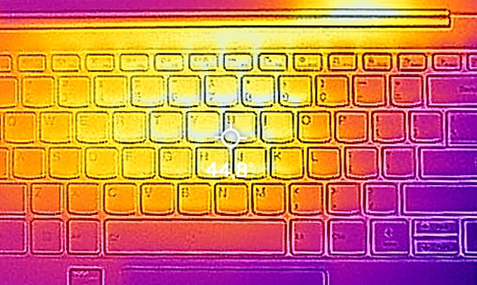
Verdict
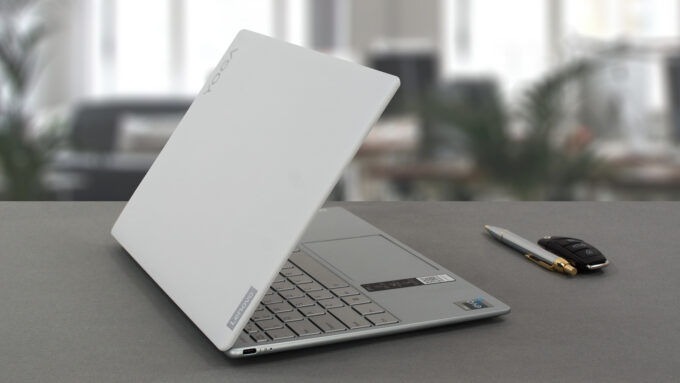 Despite our comments about the performance, we are generally happy with this machine. Its incredibly portable form factor is pretty much unmatched by its major competitors. Here comes one big question, though – do you really need such a thin and light notebook?
Despite our comments about the performance, we are generally happy with this machine. Its incredibly portable form factor is pretty much unmatched by its major competitors. Here comes one big question, though – do you really need such a thin and light notebook?
After all, you are robbed of any adequate port selection it might have. In this case, you only get a Thunderbolt 4 connector and a USB Type-C 3.2 (Gen. 2) port. The only accessory we found in the box was an adapter that makes one of the USB Type-C ports an Audio jack.
As a result, you will need to buy a dongle yourself, should you need to use a USB Type-A port, an SD card reader, or anything else. On the other hand, the magnesium-aluminum chassis feels incredibly good in combination with the Carbon fiber lid, and the super smooth hinges.
Lenovo Yoga Slim 7 Carbon (13″, 2022)’s IPS panel has a QHD resolution, comfortable viewing angles, and a good contrast ratio. It covers 96% of the sRGB color gamut. This is pretty wide, but it is significantly lower than comparable OLED units.
On the bright side, the device doesn’t use PWM for brightness adjustment and comes with astonishing color accuracy. It is achieved with the help of our Gaming and Web design profile. Also, we have to keep in mind that this is a 90Hz panel, which is pretty smooth to work with.
Battery-wise, you get a 50Wh unit, which lasts for 9 hours of Web browsing, or about 8 hours of video playback. We wouldn’t really rely on that battery for a full workday.
Usually, thin laptops don’t have good keyboards. This is because of the slimmer profile of the mechanisms. In this aspect, the Yoga Slim 7 Carbon is not an exception. However, it comes with super clicky buttons. And the touchpad is great too. Glass surface and fast response make it one of the best there is in a 13-inch ultrabook. Also, this notebook has an IR face recognition scanner.
So if you are wondering if this laptop is a good idea, you should know that it is rather a niche product. Acer’s Swift 5 has been one of the first 1 kg devices on the market, and this year was the first in which it actually gained weight. This is because manufacturers learned that customers don’t mind if their machine is 200 grams heavier – they need features.
You can check the prices and configurations in our Specs System: https://laptopmedia.com/series/lenovo-yoga-slim-7-carbon-13-2022/
Pros
- Lightweight chassis
- 96% sRGB coverage and accurate colors with our Gaming and Web design profile (MND307DA1-9 (LEN8297))
- No PWM (MND307DA1-9 (LEN8297))
- Super fast and smooth work
- Thunderbolt 4 + Gen 4 SSD support
- IR face recognition scanner
Cons
- Limited port selection and no SD card reader
- Soldered memory
- Can’t take advantage of the 28W CPUs in long loads














